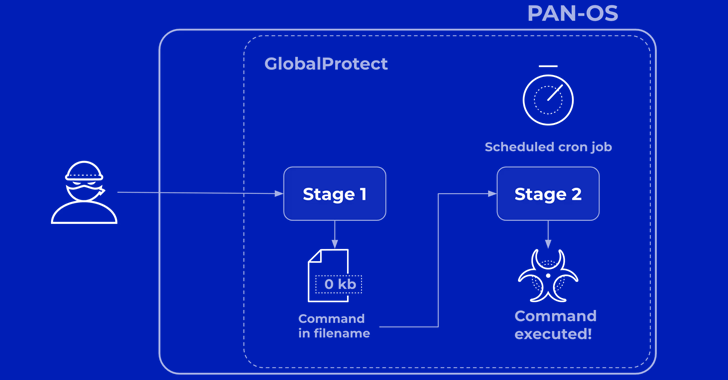Juniper Networks has released updates to fix a critical remote code execution (RCE) vulnerability in its SRX Series firewalls and EX Series switches.
The issue, tracked as CVE-2024-21591, is rated 9.8 on the CVSS scoring system.
“An out-of-bounds write vulnerability in J-Web of Juniper Networks Junos OS SRX Series and EX Series allows an unauthenticated, network-based attacker to cause a Denial-of-Service (DoS) or Remote Code Execution (RCE) and obtain root privileges on the device,” the company said in an advisory.
The networking equipment major, which is set to be acquired by Hewlett Packard Enterprise (HPE) for $14 billion, said the issue is caused by use of an insecure function allowing a bad actor to overwrite arbitrary memory.
The flaw impacts the following versions, and has been fixed in versions 20.4R3-S9, 21.2R3-S7, 21.3R3-S5, 21.4R3-S5, 22.1R3-S4, 22.2R3-S3, 22.3R3-S2, 22.4R2-S2, 22.4R3, 23.2R1-S1, 23.2R2, 23.4R1, and later –
- Junos OS versions earlier than 20.4R3-S9
- Junos OS 21.2 versions earlier than 21.2R3-S7
- Junos OS 21.3 versions earlier than 21.3R3-S5
- Junos OS 21.4 versions earlier than 21.4R3-S5
- Junos OS 22.1 versions earlier than 22.1R3-S4
- Junos OS 22.2 versions earlier than 22.2R3-S3
- Junos OS 22.3 versions earlier than 22.3R3-S2, and
- Junos OS 22.4 versions earlier than 22.4R2-S2, 22.4R3
As temporary workarounds until the fixes are deployed, the company recommends that users disable J-Web or restrict access to only trusted hosts.
Also resolved by Juniper Networks is a high-severity bug in Junos OS and Junos OS Evolved (CVE-2024-21611, CVSS score: 7.5) that could be weaponized by an unauthenticated, network-based attacker to cause a DoS condition.
While there is no evidence that the vulnerabilities are being exploited in the wild, multiple security shortcomings affecting the company’s SRX firewalls and EX switches were abused by threat actors last year.
According to data compiled by attack surface management firm Censys as of January 11, 2024, more than 11,500 J-Web interfaces are accessible over the internet. Most of the instances are located in South Korea (3,797), the U.S. (1,326), Hong Kong (583), China (455), and India (316).












